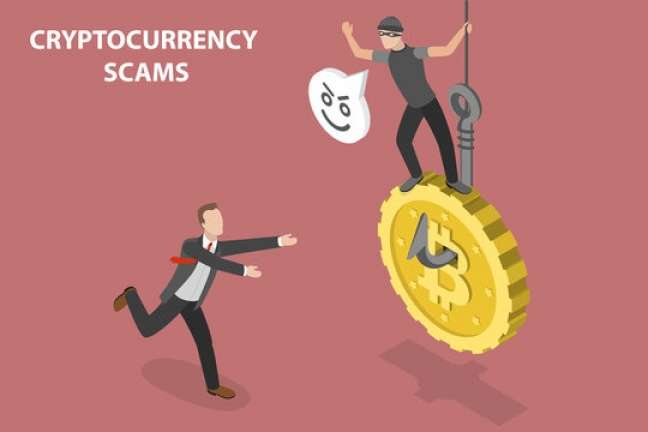Business communication is at the core of every company’s success. It affects the firm’s relations with customers and the employees’ happiness to sustain your brand and increase earnings.
Business communication entails sharing information within and outside the company. Every firm needs a dedicated business communications specialist to increase efficiency and reduce disengagement.
Types of communication
1. Upward communication
This refers to communication that moves from the bottom to the top. For instance, a reporting process can move from a data specialist to a manager, and then the manager conveys it to the top-level management.
This type is convenient because:
- The information managers receive from their employees helps them remain aware and responsive to their needs. As a result, employees who feel appreciated are motivated to put extra effort into their work.
- It eases top-level management access, encouraging the employees to share their innovations or creativity. This motivates a company’s progress.
- It encourages a friendly and unified atmosphere in the company.
- It allows the management to identify potential problem areas beforehand.
However, it has some disadvantages:
- The information’s accuracy may be limited depending on the level of ease and comfort employees communicate with their supervisors.
- Employees may fail to share information with the managers if they feel no action will be taken.
Reality: Most firms that want to be successful adopt this method to give their employees a voice. For easy accessibility, they use multiple communication channels and create an inclusive environment by providing anonymous suggestion boxes.
Also, they ensure their chain of command is clear, swift, and accessible and use an open-door policy, and display empathy to ensure regular engagement with their employees.
2. Downward communication
Here, information flows from the management to the employees, that is, from top to bottom. For instance, management can use a memo to communicate to employees regarding a new safety requirement.
This is an excellent type of communication because complex issues can be quickly communicated, and disciplinary consequences are reinforced easily.
However, this process can be pretty slow if there are various hierarchy levels, making employees feel less valued. Also, the information can lose important details or become distorted along the chain of command.
It would be best to have a communication schedule so that your employees value your messages instead of feeling irritated. Also, ensure that you keep your leadership trustworthy, approachable, and visible.
Reality: Some firms use this type to communicate important information with their employees while others use it to motivate them. This method is best for maintaining a cordial relationship between employees and top management.
3. Lateral communication
This refers to interdepartmental communication or among team members of the same status in a company. This type is essential when sharing updates, coordinating tasks, or solving problems.
It boosts employee morale as it is unnecessary to get approval from the top-level management and reduces misunderstanding.
However, some teams may become territorial about some tasks and despise corrections from other teams, and, as a result, undermine any collaboration efforts.
The team can try video chat or phone calls and follow up with an email to reinforce the message and minimize confusion.
Also, the management must ensure that it doesn’t propagate interdepartmental competition. It can do this by using project management tools, like digital signage to display targets or milestones, and clearly communicating the importance of each department.
Reality: Many firms adopt this type of communication to ensure their teams work under minimal supervision and unite all teams as each team’s success will be interconnected with the other teams.
4. External communication
External communication is the process of sharing information with parties outside the company, like customers, prospects, vendors, partners, media, and investors, among others. You can use a press release, website, or sales letters. Successful external communication improves your reputation and makes you more desirable to customers and stakeholders.
When poorly enforced, it can cause the circulation of conflicting messages that ruin your company’s image. Therefore, every piece of information needs to be thoroughly analyzed and thoughtfully curated.
However, it is vital to be straightforward because your readers want value, therefore, you need to know your target audience, and do thorough research.
Reality: Most firms use emails and press releases to communicate with their stakeholders. Using a consistent communication channel improves your brand and helps you build trust.
Principles of Effective Communication
Ensure your real-time business communication meets the following expectations:
- Clarity: This depends on how well you know your message, method and medium to use. Lacking adequate knowledge on these components can affect your message’s effectiveness.
- Conciseness: Ensure you follow the principle of brevity. Use short words and sentences and avoid jargon.
- Consistency: Ensure that you remain consistent in your voice, tone, and content. Although you can add some humor, ensure the overall theme is consistent.
- Objectivity: What is the purpose of the communication? The purpose should be obvious to anyone reading your message.
- Audience knowledge: Ensure your message has a clear understanding of your primary audience. Knowing your audience influences your voice, tone, and message quality.
- Completeness: Ensure your message has a clear conclusion so that the reader is not left wondering what is next. Make your message self-sufficient.
- Relevancy: Your message should show contextual cohesion with future and previous messages and should be relevant to your core offering.
Conclusion
You need clear objectives before communicating, whether for pricing, decision-making, or social media. Small businesses and startups can benefit from incorporating a communications strategy in the overall business strategy.
Once you connect your customers and employees, there will be a great information exchange, fostering your customers’ engagement with your brand. Quick, clear, and detailed communication is the core of any business operation.
Effective communication requires stellar communication skills and helps reduce redundancies, increase efficiency, and improve productivity.















